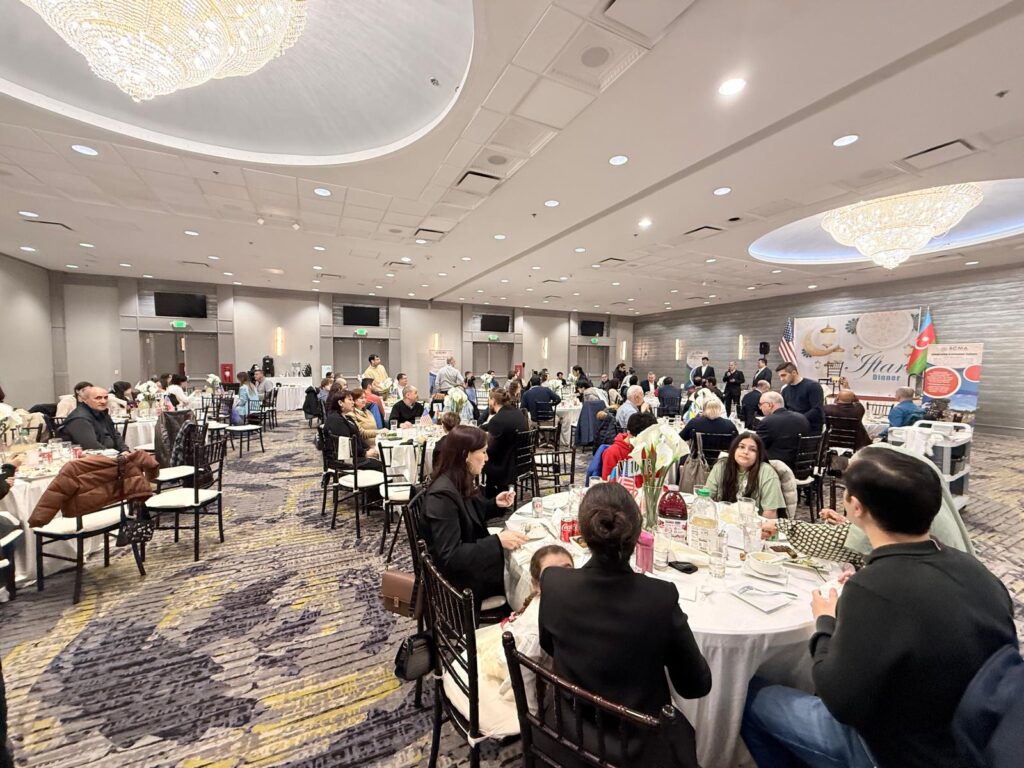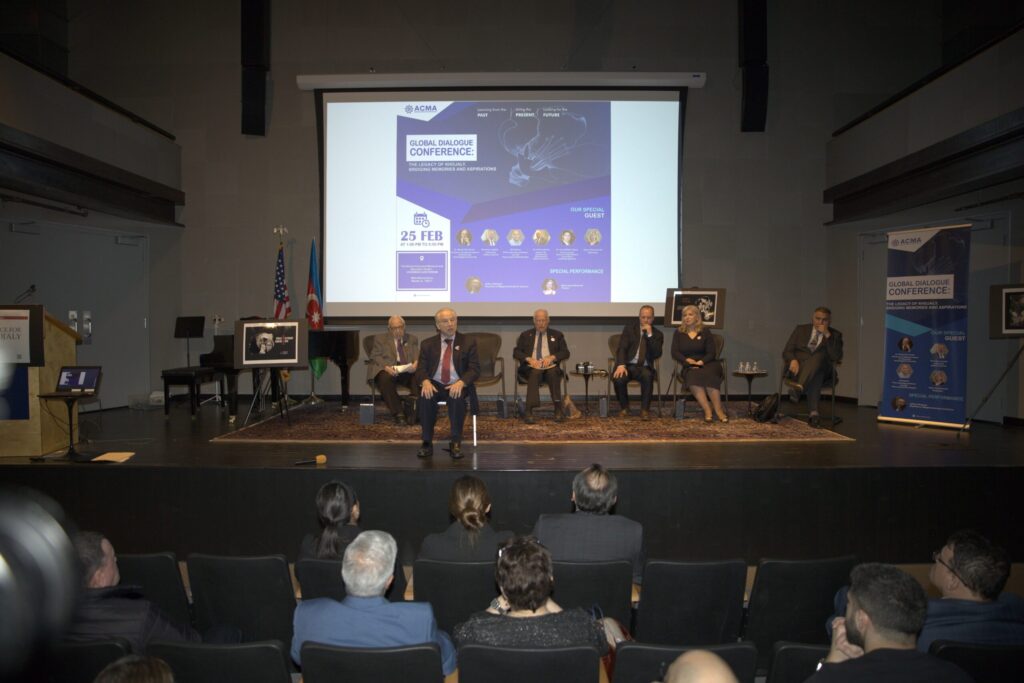Karabakh Culture
The Karabakh region is an area with more ancient history different from most regions of Azerbaijan as well as the world countries. It is Karabakh which is rich in its history, material culture monuments, rich literature, art, and music culture. The beautiful nature, climate, abundance of natural resources have had a great impact on the art of thinking and creativity of Karabakh. The most important place in the fountain of creativity of Karabakh people belongs to folk arts which are closely related to its mode of life and daily round. It seems natural that Karabakh people’s welfare standards, aesthetic taste, national image, and identity would be seen particularly in this type of art. It’s not in vain that in the most popular museums of the world most admirable samples of folk art were met in the example of Karabakh Folk art. While looking at the rich museum collections of the Victoria and Albert Museums of London, the Louvre Museum of Paris, the Metropolitan Museum of Washington, Vienna, Rome, Berlin, Istanbul, Tehran, Cairo art works made by skillful Karabakh masters can be seen everywhere.
The art of nation, which is widely used in the life and daily round of the people of the region and made thanks to Karabakh people’s efforts, has a great and rich history. Kitchen utensils, weapon, and decoration specimen found in Karabakh are not only historical facts, but also valuable resource displaying the craftsmanship of the master who made them. Among the works of art made of metal there are such examples with decorations and descriptions which can deeply inform us about the custom and traditions, religious views, and even clothes of people of that period. The history, ethnographical and artistic features of Karabakh folk art is depicted on clothes. This feature is observed in the garments of certain forms and their decorations as well as art needlework and weaving. The discovery of a great number of ancient material culture samples enabled the study of the history of material culture of Karabakh. It’s not chance that this region which belongs to Azerbaijan of the ancient and rich history arose the interest of most scientists of the world, at the same time drew the attention of adventurers who wanted to own the history of it spuriously. Every single archeological material; in other words, all large and small examples of material culture- building materials, things for home, kitchen utensils, jewelries discovered in Karabakh are embodiments of characteristic, level, and development features of ancient culture which held a special place in Karabakh people’s life in terms of their production on one hand, and engraving of different glyptic, teorephtic descriptions and decorative patterns on them on the other hand. Different paintings engraved onto the home furnishings and jewelries made of gold, bronze, and copper prove the existence of fine art in Karabakh since ancient times. The carpets woven with their beauty so far. Most of them are protected in popular museums of the world. The region of Karabakh, which owns a rich cultural heritage, is also famous for its music and mugham. The music of Karabakh, which enriched the music culture of Azerbaijan with its rare pearls, has the centuries-old traditions. Mughams, popular songs, dances, ashuq work have their specific place in Karabakh music art. It’s mughams which are basis of the Karabakh national music. The works of art of Karabakh representatives of literature take a specific and honorable place in Azerbaijan cultural treasure. The carpets woven in Karabakh , carpet–making schools of Azerbaijan in different periods fascinate people with their beauty so far. Most of them are protected in popular museums of the world. The origins of the art of theatre in Karabakh are connected with the people’s work, mode of life, festival and wedding traditions as well as outlook. The show elements in ceremonies, rites, and games played an important role in the formation of independent folk theatre. Karabakh folk theatre has a realistic feature and was related to the working class. The repertoire of folk theatre was small plays of ethical contents. Folk theatre played an important role in the formation of Karabakh professional theatre. Thanks to Karabakh folk theatre, professional theatre has been formed first in Shusha, later in Aghdam since XIX century and worked effectively. The rich iron-ore deposits of Karabakh have played an important role in the formation of blacksmith work on the base of local raw materials since ancient times. Pottery also has kept its importance so far by being one of the most ancient fields of craft production in Karabakh. The experts ascribe the formation of this field to the Neolithic Age. The Karabakh cuisine forms the essential part of the Azerbaijan cuisine by being notable for its specific dishes such as Karabakh kyata, Barda nani.
The results of archeological excavations showed that the ancient people who lived in Karabakh created a number of works of art through honorable creative way throughout the history, and one of them is architecture. Karabakh fine art traditions which date back to the ancient times with its origins held artistic practice of a great many generations. Here include rock paintings in Kalabajar, Aghdam, and Lachin regions, labour tools and home things with rich decorations, the art of carpet weaving which is rare with its beauty and variety, jeweler, etc. It’s also impossible not to remember the architectural monuments distinguished with their grace and elegance- mosques, tombs, palaces, churches, temples, and glazed tile decorative patterns. All these formed the specific “geno stock”of the literary culture of Azerbaijan people and its rich cultural heritage. It was enriched with new tendencies in the middle of XIX century. The main representatives of this period were a talented artist Mir Movsum Navvab, poetess and painter Khurshudbanu Natavan and others. The Karabakh culture has been and will be a leading and inseparable part of the Azerbaijan culture with its richness and uniqueness.









